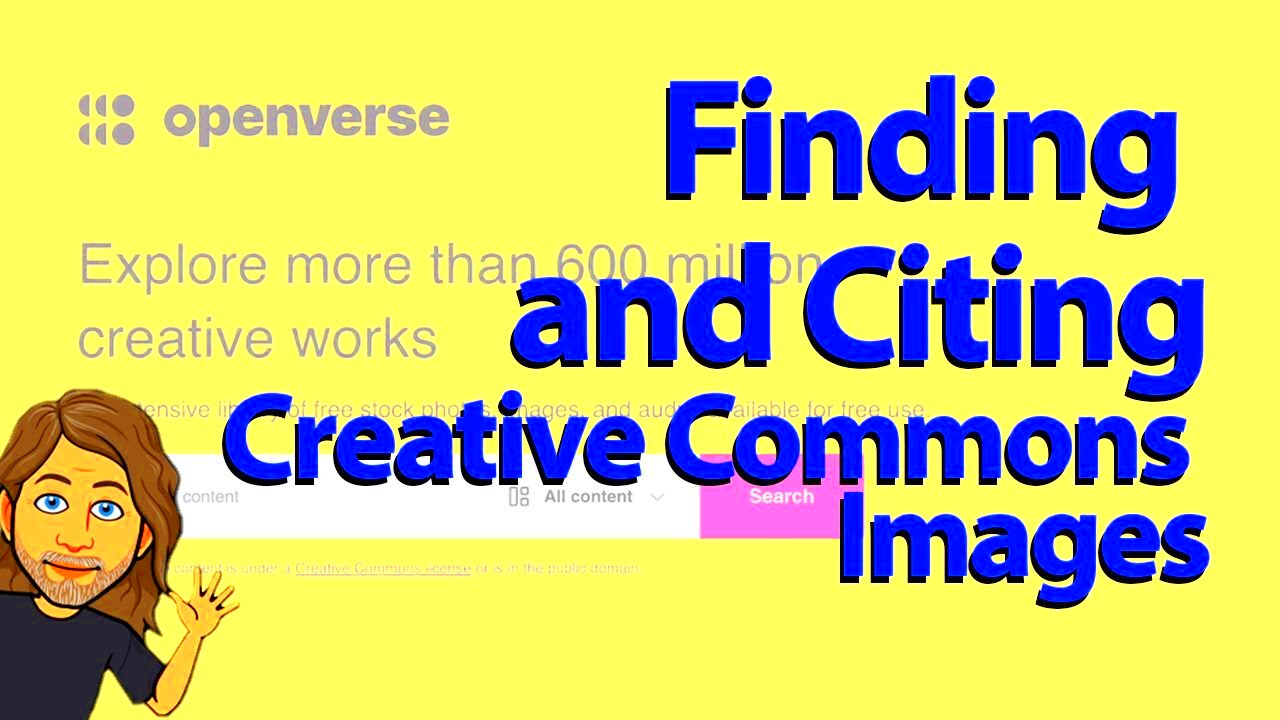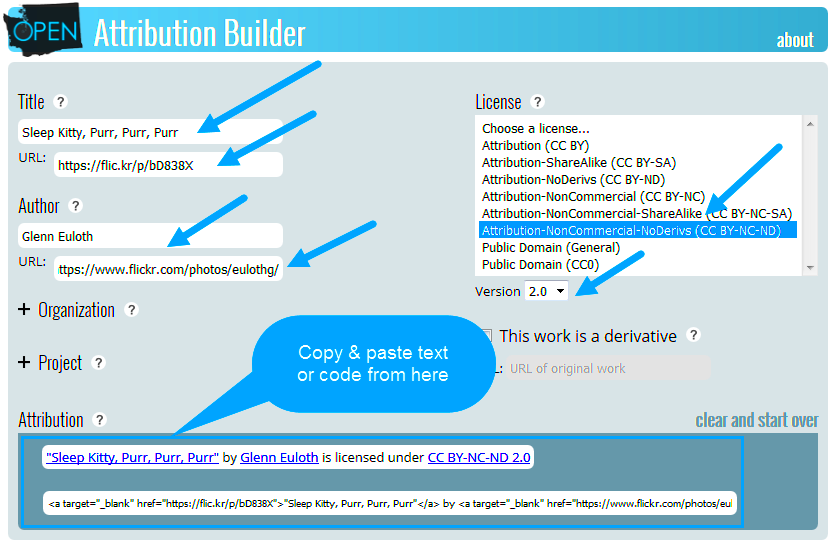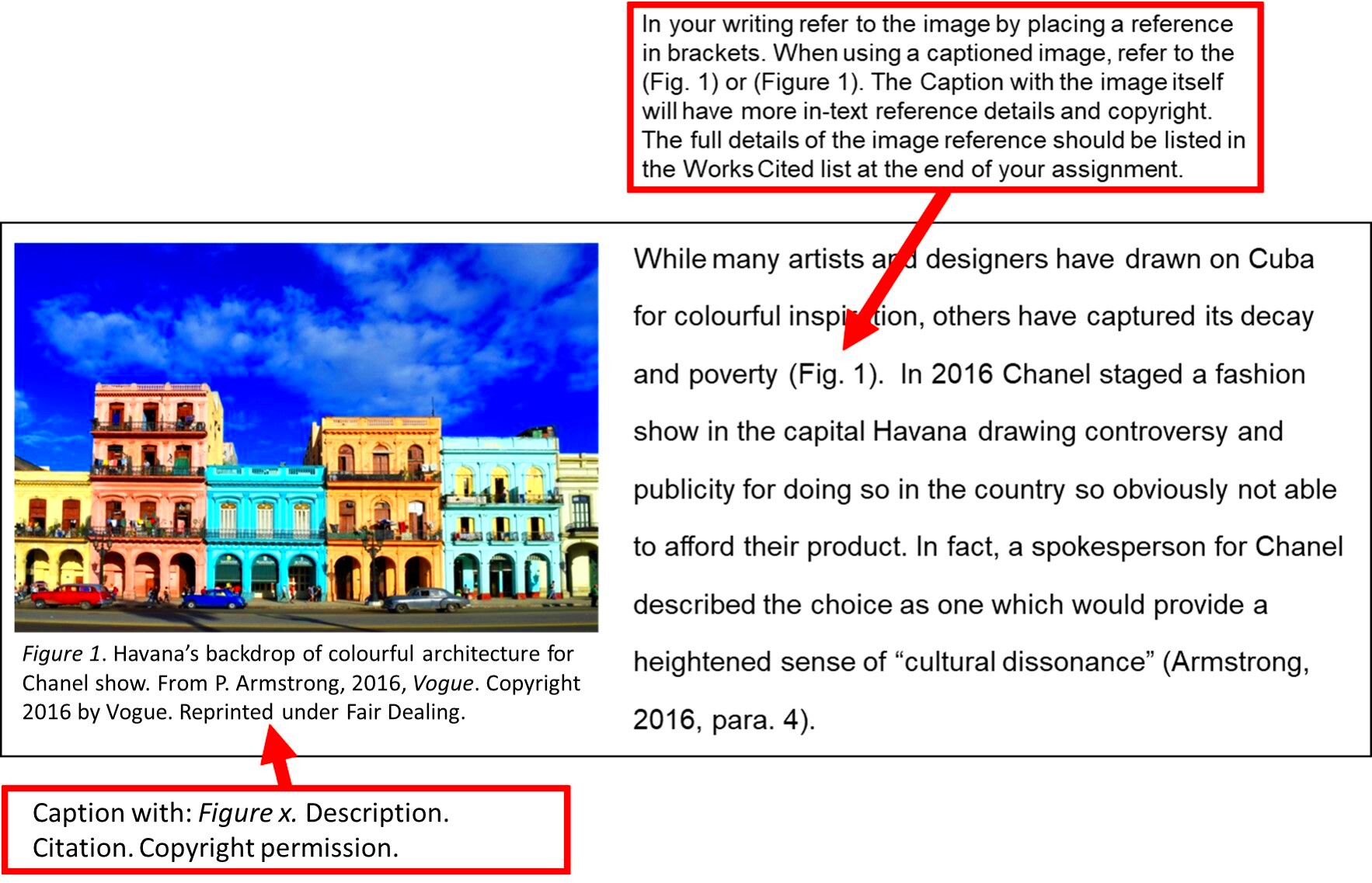Citing public domain images may not seem like an essential task at first, especially since these images are free to use. However, giving proper credit is still important for a few key reasons. Whether you’re working on a blog, presentation, or academic project, citing images correctly helps you maintain credibility and shows respect for the creators and the original source. In this section, we will explore why citing public domain images is crucial, how to do it, and when it's needed.
Understanding Public Domain Images

Public domain images are those that are no longer protected by copyright laws or were never under copyright in the first place. This means anyone can use, share, or modify them without needing permission from the original creator. Public domain status can be reached through various means:
- Expiration of copyright: The copyright on an image expires after a certain number of years, placing it in the public domain.
- Creative Commons Zero (CC0) License: Some creators voluntarily release their work into the public domain through a CC0 license.
- Government publications: Many government-created images automatically fall into the public domain, as they are not protected by copyright laws.
It’s essential to understand that even though public domain images are free to use, they are not always free from other legal considerations. For example, some images may still contain trademarks, privacy rights, or other restrictions that need to be respected.
Why Citing Public Domain Images Matters

Even though public domain images are free to use, citing them is still important. Here’s why:
- Respect for creators: Even when an image is in the public domain, acknowledging the original creator or source is a sign of respect and recognition.
- Credibility and transparency: Proper citations help establish your credibility. It shows that you've done your research and are using reliable sources for your work.
- Legal and ethical considerations: While public domain images don't require a formal citation, using them without attribution in some cases could raise ethical concerns, especially if the original creator's name is associated with the work.
In academic or professional settings, failing to cite sources—public domain or not—can lead to accusations of plagiarism. In addition, if you’re creating a portfolio or contributing to a larger project, showing where your images come from can boost the overall quality of your work. Proper attribution may also be a requirement for specific platforms or publications, even when images are public domain.
How to Properly Cite Public Domain Images

Citing public domain images may seem straightforward, but there are some key guidelines to follow to ensure you're doing it right. While public domain images are free to use, providing proper attribution still carries significance. Here's a quick guide to citing public domain images correctly:
- Basic Citation Format: When citing public domain images, you should include the following details:
- Creator’s name (if available)
- Title of the image
- Source or URL (if the image was found online)
- Public domain statement (e.g., "Public Domain" or "CC0")
- Placement of Citation: Where to place the citation depends on the medium. In online publications, include the citation directly under the image or in a references section. In printed materials, list it in the caption or references page.
- Specific Example:
- John Doe. "Sunset Over Mountains." Public Domain. example.com
By following these simple steps, you can make sure you're giving credit where it’s due while maintaining a professional and ethical standard for your work. Even if it’s not legally required to cite public domain images, doing so enhances the quality of your project.
Common Mistakes to Avoid When Citing Public Domain Images
While citing public domain images is relatively easy, there are some common mistakes that people often make. Avoiding these mistakes will help ensure your citations are accurate and respectful:
- Neglecting Attribution: While not legally required, failing to provide attribution to the original creator (if known) can raise ethical concerns. Always give credit, even when it’s not mandatory.
- Incorrect Citation Format: Failing to follow a standard citation format can make your citation confusing or incomplete. Make sure to include the key elements like the creator’s name, title, and the public domain statement.
- Using Public Domain Images Without Verification: Just because an image is labeled as "public domain" doesn’t mean it is. Always double-check the source of the image to avoid potential legal issues.
- Placing Citation in the Wrong Location: Ensure the citation is easy to find, either directly below the image or in your references section. Don’t hide it or place it somewhere that makes it hard to locate.
- Overlooking Special Restrictions: Some public domain images may come with additional restrictions, such as trademarked elements or privacy concerns. Make sure you understand any additional rules before using the image.
Avoiding these common mistakes will help you use public domain images properly and ethically. It ensures that your work remains credible and professional, and that you respect the rights of creators.
Tools for Finding Public Domain Images
Finding public domain images has never been easier thanks to the many online platforms and resources available. These tools make it simple to search for high-quality images that are free to use in your projects. Here are some top tools you can use:
| Platform | Key Features |
|---|---|
| Pixabay | Offers a large collection of public domain and Creative Commons CC0 images for free use, with no attribution required. |
| Unsplash | Provides free high-resolution images, most of which are available under a CC0 license. |
| Wikimedia Commons | Includes a vast collection of public domain images, along with useful metadata and licensing information for each image. |
| Public Domain Pictures | Specializes in free public domain images, offering both images and illustrations available for use in personal or commercial projects. |
These tools not only make it easier to find public domain images but also ensure that the images are free to use, even for commercial purposes. Always check the licensing terms before using any image, as some platforms may offer images under different types of public domain licenses (e.g., CC0, CC BY, etc.).
By utilizing these platforms, you can find high-quality images to enhance your work while remaining within the bounds of copyright law.
Best Practices for Using Public Domain Images
Public domain images are a great resource for any project, but to use them responsibly and effectively, it's essential to follow some best practices. Even though these images are free to use, how you incorporate them can make a big difference in the quality and impact of your work. Here are some best practices to keep in mind:
- Choose High-Quality Images: Not all public domain images are created equal. Look for high-resolution, well-composed images that will enhance your project. Websites like Pixabay and Unsplash are great for finding quality images.
- Double-Check Image Sources: Just because an image is labeled as public domain doesn't mean it's always free to use. Verify the image’s source and confirm it’s in the public domain or available under a free license like CC0.
- Avoid Misleading Uses: Public domain images can still have certain restrictions, like trademarked logos or recognizable people who might have privacy rights. Be mindful of these aspects and avoid using images in ways that could cause harm or confusion.
- Optimize Images for Your Needs: Public domain images can often be edited and resized. If the image needs adjustment, feel free to crop, change colors, or add text, but always ensure the image still aligns with the message or aesthetic you want to convey.
- Consider Giving Credit: While not legally required, acknowledging the original creator or source whenever possible is a good practice. It adds to the credibility of your project and shows respect for the original work.
By following these best practices, you can ensure that you’re using public domain images ethically and effectively, enhancing your projects while respecting the integrity of the original creators.
Frequently Asked Questions About Citing Public Domain Images
If you’ve never cited public domain images before, you might have a few questions. To help clear up any confusion, here are some common questions about citing public domain images:
- Do I need to cite public domain images? While public domain images don’t require attribution, citing them is recommended, especially in academic or professional settings. It’s a good practice that adds credibility to your work.
- What information should I include in the citation? A proper citation should include the creator’s name (if known), the title of the image, the source, and a note that the image is in the public domain. Example: “John Doe. ‘Mountain Sunset.’ Public Domain. [URL].”
- Can I use public domain images for commercial purposes? Yes, public domain images can be used for both personal and commercial projects without any restrictions. However, always verify the image’s source to ensure it is truly in the public domain.
- Can I edit public domain images? Yes, one of the main advantages of public domain images is that you are free to modify, crop, or combine them as you wish without worrying about copyright issues.
- Where can I find public domain images? There are many websites offering public domain images, such as Pixabay, Wikimedia Commons, and Public Domain Pictures. Make sure to confirm the license and attribution requirements before using them.
Understanding these common questions can help you use public domain images correctly, ensuring that your projects are both legally compliant and ethically sound.
Conclusion
In conclusion, citing and using public domain images is a simple yet important practice that can enhance your projects while respecting the original creators. Although these images are free to use, proper attribution (when possible) adds credibility to your work and helps avoid potential legal or ethical issues. Always verify the source of an image, follow proper citation formats, and be mindful of any additional restrictions that might apply. By using public domain images responsibly, you not only enhance your project but also contribute to a culture of respect and fairness in creative works.

 admin
admin








